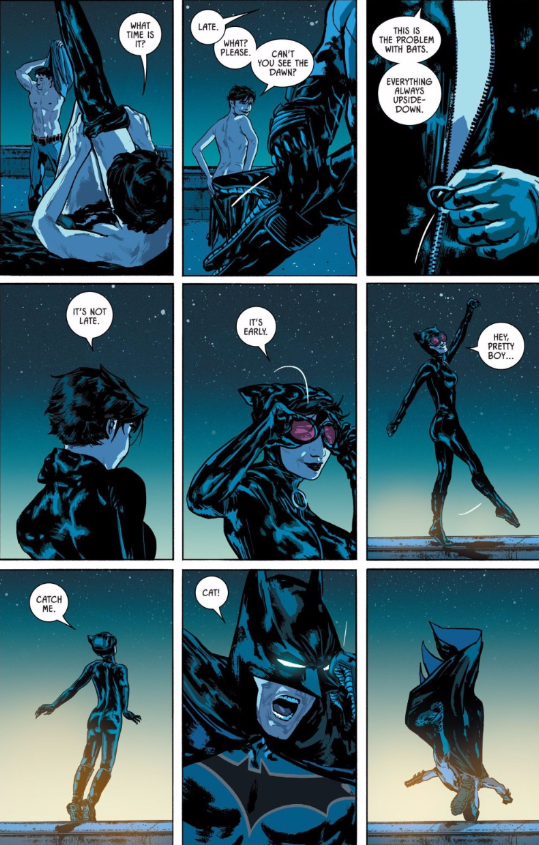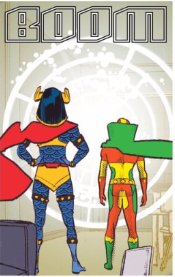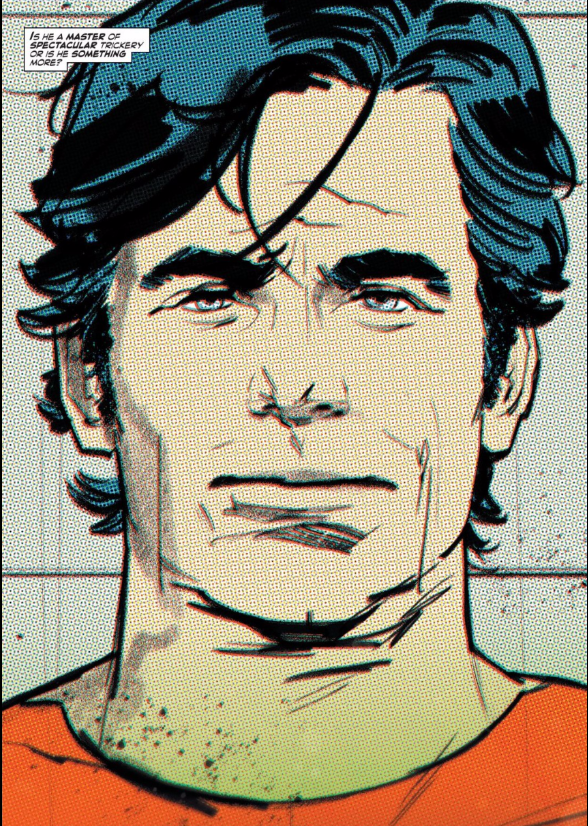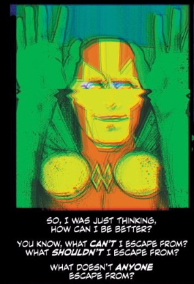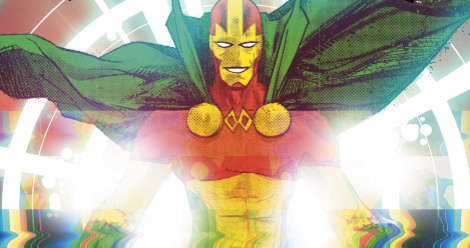
The Art of the Start: MISTER MIRACLE #1 by Tom King and Mitch Gerads
You’ve got a handful of pages to prove your concept, to introduce your character, to get your hooks into your reader and keep ’em coming back for more. How do you handle it? In The Art of the Start we look at first issues. Today we look at a reboot of Jack Kirby’s classic Mister Miracle series.
A year ago, after a long absence from the world of superhero comics, I wanted in again. DC Rebirth seemed like a perfect place to start. I began buying the first issues of my favorite DC superheroes. The comic book that I kept buying, week after week, was Batman. I’ve never been a big fan of Batman, but this iteration was different: sad but not so damn stoic.
From “Rooftops” by Tom King and Mitch Gerads
“Rooftops,” a two-part story, the first drawn by Mitch Gerads, is the most beautiful moment in the series. Batman and Catwoman talk to each other like real people, making small romantic jabs and asking questions. They’re drawn differently too. White lines show the movement of Catwoman twirling across the rooftops; bright neon lights shine from Batman’s eyes. Bruce’s stressful bleak life takes a brief romantic pause, and the comic shows it to us through his rose-colored goggles. After reading this comic, I became a little obsessed with both Tom King and Mitch Gerads, and the work they can do together. Needless to say, I’ve been really looking forward to the first issue of Mister Miracle, which came out last Wednesday.
Mister Miracle #1 is a dazzling and strange collage of literary and artistic pursuits. In his captions throughout the issue, King appropriates the hifalutin language of silver age superhero comic books, juxtaposing it with idiosyncratic, naturalistic dialogue. Mitch Gerard’s art draws from all sorts of influences, and never seems to rest on a static point. Superhero melodrama, Los Angeleno angst, and existential confusion all bounce in and out. The comic is somewhat surreal and possibly nonlinear, but the basic premise seems to be that Scott Free, Mister Miracle, living in Los Angeles with his partner Big Barda, attempts to kill himself. Shortly after, he learns of a great and possibly final battle between the gods of Apokolips and New Genesis.
From “Mister Miracle” By Tom King and Mitch Gerads
Gerads draws the first page as a close-up of Scott Free lying on the floor after slicing his wrists. A caption asks: “Is he a master of spectacular trickery or is he something more?” This question persists. In a section of the comic reminiscent of Frank Miller, images on a TV screen appear above text. Gerads depicts these pages as from a worn out television, the shapes slightly doubled and the various lines of color zigzagging out of their borders. Dressed in his full costume, sitting on a talk show chair and gabbing with a generic host, the book reminds us that Scott is an entertainer as much as a superhero. This situates his speech: Mister Miracle asks a talk show host: “What doesn’t anyone escape from? Death. No one escapes from death. So I killed myself.” The master illusionist tells his audience he was trying to escape death, but can the audience trust the words of the master illusionist?
As the comic plays out, the twin themes of illusion and God develop. A beautifully drawn page where a child (is it Scott? He has Scott’s’ yellow chest dots!) draws what he claims to be God later gets told as a joke by Oberon (Scott’s curmudgeonly manager). Oberon, it turns out, died of throat cancer from all the cigarettes he smokes. So how can a dead man tell Mister Miracle a joke about God? And isn’t that the same question as can we believe an escape artist when he tells us he sliced his wrists open to escape death?
These questions are woven into the plot. Highfather, ruler of the New Gods visits Scott on the beach. Darkseid, lord of Apokolips, has apparently achieved his ultimate goal and acquired the anti-life equation. This equation has a long and changing role in the DC Universe. Here though, Highfather explains that it will allow him to “change reality. To change men’s minds.” It seems likely that this explanation has something to do with the oddness in Scott’s life. He has no memory of Oberon’s death, and is certain that Barda’s eyes were blue, not their current brown.
Scott’s life is filled with illusion. Maybe he is looking at death, or God, but how will he see clearly? Gerads and King bring beauty and vulnerability to the world of superheroes in ways that dazzle me, and this series seems likely to continue in that legacy.


